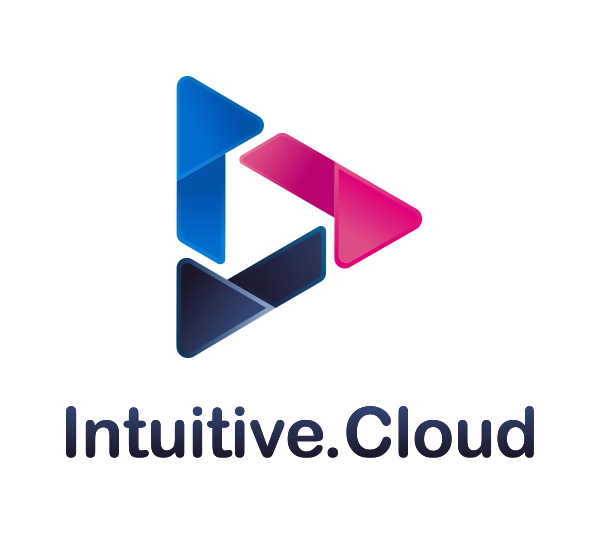Transforming DevOps for a Leading Healthcare Organization
Challenge:
A leading healthcare organization sought to standardize and modernize its internal services for clinical and operational applications to accelerate development, improve deployment efficiency, and enhance compliance with industry regulations like HIPAA, NIST, FedRAMP, FHIR, and HL7. Its existing DevOps value chain was fragmented, lacking standardization and automation, leading to inefficiencies and operational constraints. Manual processes, inconsistent tooling, and siloed workflows created performance bottlenecks, making deployments slow, error-prone, and difficult to scale.
The absence of standardized security practices and governance controls resulted in compliance risks, security gaps, and increased exposure to vulnerabilities—critical concerns in a healthcare environment where patient data protection is paramount. Additionally, poor observability, configuration drift, and unoptimized cloud resource management led to higher operational costs and delays in issue resolution. These challenges hindered the organization’s ability to deliver secure, scalable, and compliant healthcare applications, slowing down innovation and digital transformation efforts.
Furthermore, managing the security and deployment of APIs, which were critical for connecting various healthcare applications and ensuring interoperability, added another layer of complexity. The organization faced difficulties in securing APIs, managing versioning, and maintaining seamless communication between internal and external systems.
Approach:
To address inefficiencies in the DevOps value chain, a standardized and reusable approach was implemented for build and release automation across both infrastructure and application deployments. Security was embedded into CI/CD pipelines by enforcing code scanning stages (SAST, SCA, IaC, and container scanning) to ensure compliance with healthcare security policies and regulatory frameworks.
Additionally, a unified Infrastructure-as-Code (IaC) strategy using Terraform was established, along with reusable Terraform modules, promoting consistency, scalability, and streamlined adoption of IaC practices while reinforcing the DRY methodology. Automated policy enforcement through Policy-as-Code ensured adherence to security and compliance mandates, reducing risks associated with misconfigurations and vulnerabilities.
For API management, a centralized approach was adopted to ensure secure and consistent deployment of APIs throughout the SDLC. This included enforcing API security best practices like authentication, authorization, and encryption, alongside version control and continuous security testing. This approach not only safeguarded patient data but also enabled secure data exchange between internal applications and external systems, ensuring compliance with interoperability standards such as FHIR and HL7.
By integrating security, automation, and governance into the development lifecycle, the healthcare organization significantly improved deployment speed, security posture, and operational efficiency. These improvements enabled a more agile and resilient SDLC, accelerating modernization and cloud adoption efforts while ensuring the secure and compliant delivery of critical healthcare applications and APIs.
